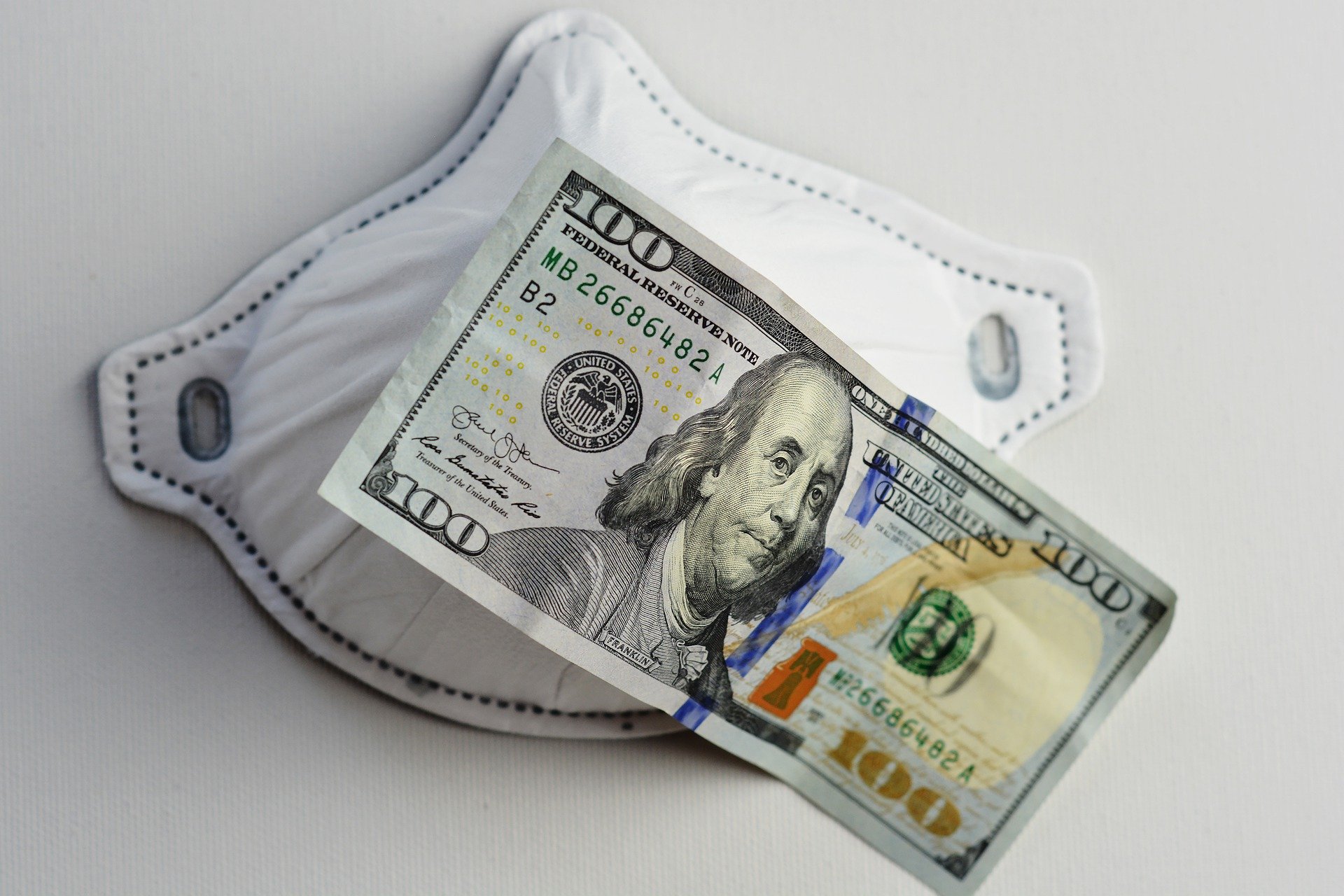Shelter-in-place has some Americans joking we may see the country’s next baby boom in nine months, but experts say it will likely be the opposite — and that’s not good news for Social Security.
Baby boomers, who make up one of the largest generations in the U.S., were born between 1944 and 1964, the two decades following World War II. But during the Great Depression and World War II, couples were delaying childbirth, many because of economic stresses. The same is true of the Great Recession in 2008-2009, according to Pew Research Center. U.S. birthrates declined in 2008, after seeing its highest levels in two decades just prior to the financial crisis. The same was true during the energy crisis in the 1970s, according to the Population Reference Bureau.
The same is expected to be true of the coronavirus crisis. More couples may be stuck at home together for extended periods, but as they watch thousands of people die from an infectious virus, their investments shrink and economies around the world suffer, they may not be in the mood for making babies.
Families may delay having children right now while they are in this financial rut, especially as businesses remain closed and at least 17 million people file for unemployment in the last month alone.
Fewer babies mean fewer future workers, and that will eventually hurt Social Security. The program partially relies on fertility rates because that dictates the size of the workforce. Much of the program’s revenue comes from workers’ withheld taxes, and if fewer people are putting money into the system this way, there’s a smaller pool of assets from which to distribute, said Kathleen Romig, senior policy analyst at the Center on Budget and Policy Priorities. “A lot of people think the system is more strained now because we’re living longer,” she said. “It is that people have fewer kids.”
This phenomenon is known as the “age dependency ratio,” which measures how many people there are over 65 years old in relation to how many people are between 20 and 64 years old. The U.S. had a ratio of 23% in 2018, according to the World Bank. The higher the ratio, the more trouble a country may have. Japan has one of the highest ratios, for example, at 46% in 2018, which has put extra pressure on its own pay-as-you-go pension system. Essentially, it means there are many more older individuals depending on fewer workers paying into the program.
Critics argue there are flaws to focusing on the ratio, such as assuming productivity drops after a person turns 65 and that older populations must retire around that age, said Paul Irving, chairman of the Milken Institute Center for the Future of Aging.
Americans won’t see the effects of the coronavirus crisis for at least 18 years, said Nancy Altman, president of Social Security Works, which advocates for expanding the program. “There’s this lag in seeing the impact down the road,” she said.
But a decline in workers in the next two decades could spell disaster for a program that heavily relies on trust funds currently facing depletion. The funds are expected to run out of money within the next 15 years, in which case beneficiaries would see a reduction in payments.
Experts aren’t yet sure how much — or if at all — birthrates will be affected. The country’s fertility rates have been declining for more than a decade. Some experts thought this was a consequence of the Great Recession, but the last decade saw a booming economy, according to the Social Security Advisory Board’s 2019 technical panel on assumptions and methods. “The panel feels we are in a period of heightened uncertainty as to what the long-term outlook for fertility may be,” the report said.
There are other ways to improve the outlook, even if fertility rates were to decline, Altman said. One way is to open up immigration policies, as those workers would be paying into the system. There are other factors along with fertility and immigration that are used to calculate the long-term actuarial status of the trust funds too, she said. Assumptions are used on mortality and disability, as well as the consumer-price index and wage increases.
Beneficiaries need not worry about the current status of their checks — the system is still distributing benefits during the crisis.
But their future payments may be affected, Altman said. The pandemic could have a personal impact on workers’ future benefits, such as if someone lost a job or saw a reduction in wages — which many Americans are currently experiencing. Benefits are based on individuals’ age when claiming versus their “full retirement age,” as well as credits they received throughout their career. “If you’ve got no earnings, that goes into the equation,” Altman said. “Even underemployment, with no full pay — that will affect your individual benefits.” For more, click here.
